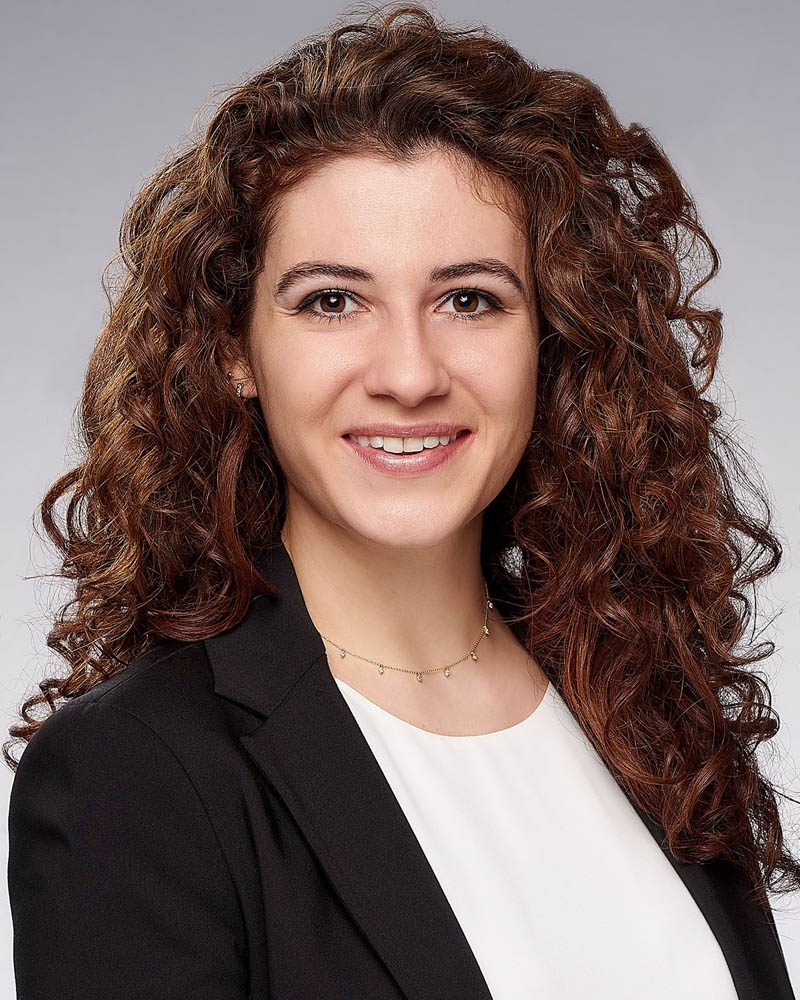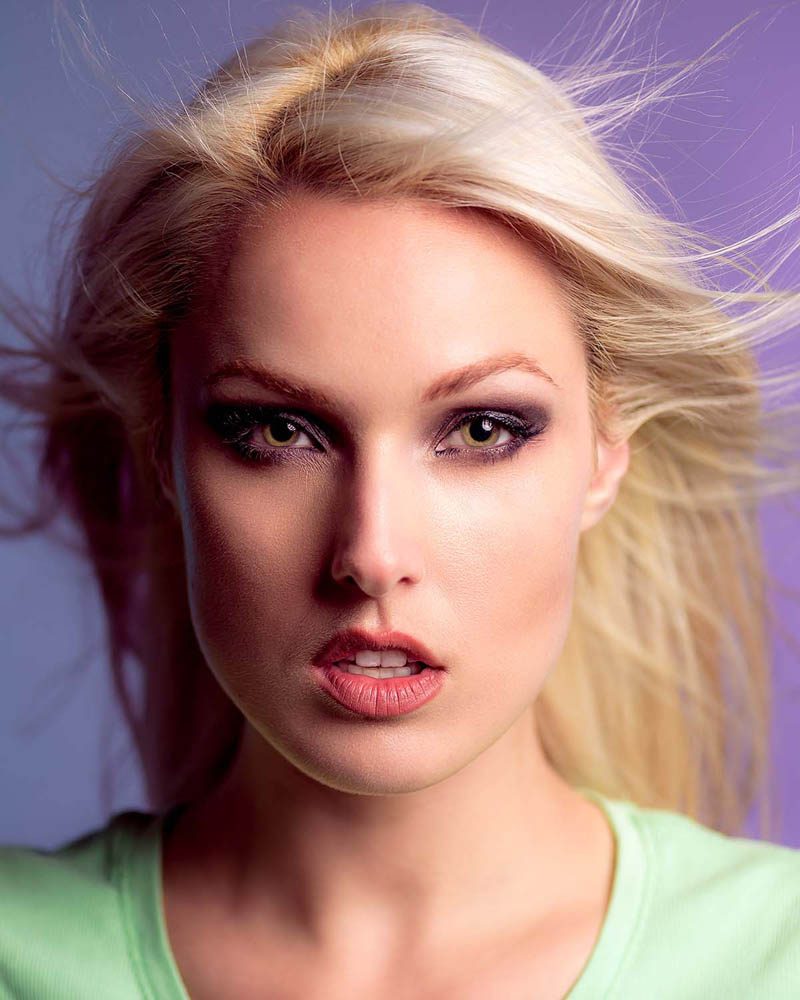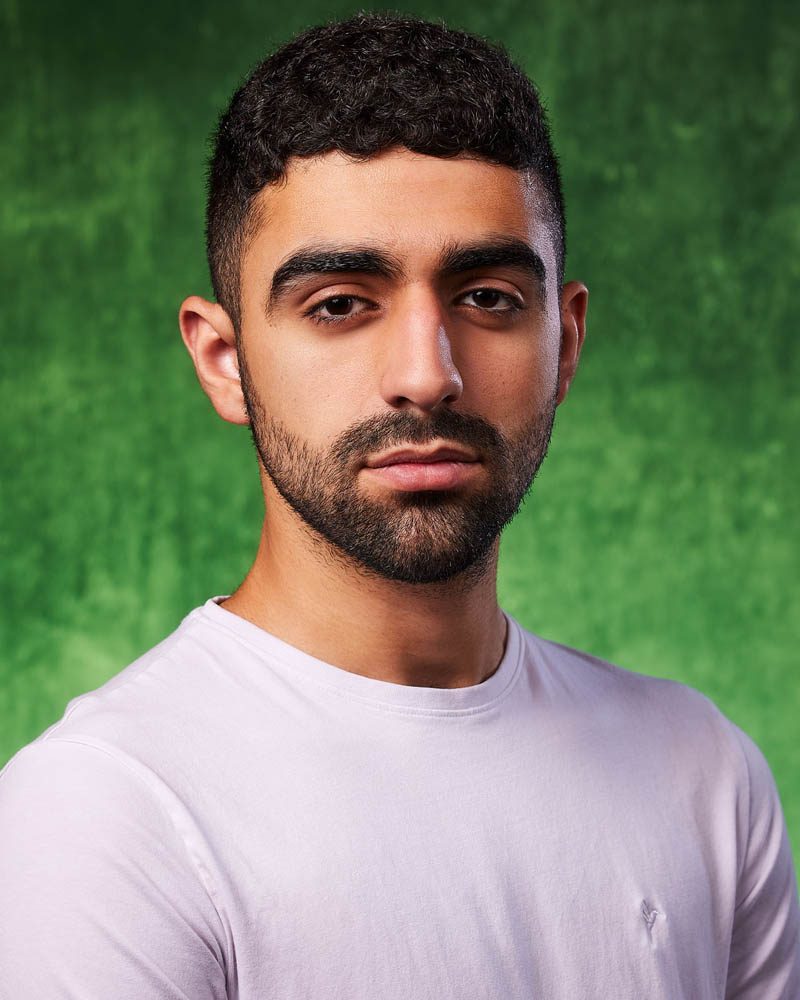Post-Production for Headshot Photography
Following any photo shoot, a professional photographer is likely to process their photos through image editing applications. Some photographers might even use multiple editing applications. It is arguable today that there is not a single photo made that could not be improved, even if ever so slightly, by processing it through an editing application.
For a headshot, a common goal is to preserve the essence of the person and to not edit so much as to significantly alter their appearance. An obviously altered appearance can be common with an AI headshot. For example, you might even skin tones, remove acne and fly-away hairs but avoid removing scars or moles, altering how wide a mouth, eyes, or lips are.
In addition, using an editing application is important for outputting the work. Most headshots are in a 4×5 crop factor (8×10” file), however a 1×1 crop factor for online profiles is also common nowadays. Then there are output file types to convert to, such as JPEG, as most photographers will shoot to create images in RAW file formats.
Common Headshot Uses
With an understanding now of what a headshot is and how they might be made, who are some of the people that might look to have one made? What might they use them for?
Actor Headshots
Actors rely on headshots as one of their most important marketing tools. Often, a casting director will view an actor headshot alone to decide whether they even want to look at their resume or demo reel. So, a professional headshot is critically important to an actor. They use them to submit for casting opportunities and to their online profiles where they can be found for casting opportunities.
Modeling Digitals or Model Headshots
Models use a headshot as part of their basic modeling digitals portfolio. Usually, this portfolio consists of 3-5 shots. One important one is the headshot. Then there is the full body shot. The other shots are a mix and can include second headshot or other shots that might be full body, half body, or three quarter body shots. Like actors, these shots are used to submit for photo or video shoot opportunities that a company is considering embarking upon for a marketing campaign.
Corporate or Professional Headshots
Almost any business professional can use a professional headshot for career or marketing purposes, especially in markets like Los Angeles. At the very least, nowadays professionals use a headshot for LinkedIn and other career websites. It is commonly understood most headhunters will not work with someone using a non-professional headshot on their LinkedIn profile.
For other branding uses, they can include the company website, brochures, digital or physical signage, advertisements, posters, and so on. Such professionals that use headshots include but are not limited to: accountant, CEO, chiropractor, COO, CTO, dentist, doctor, engineer, financial advisor, insurance agent, IT architect, journalist, lawyer, marketing manager, real estate agent, psychologist, software developer, and other such business professionals.
Dancer, Musician, and Author Headshots
There are a variety of creative professionals that also regularly use headshots. Dancers are often asked to submit a headshot for auditions and to promote them as part of a show. Musicians can similarly use a headshot to promote gigs they are performing at, in addition to using creative headshots for album art and more. Authors use headshots for a book publishing, and so on.
Then What is a Portrait?
With a full understanding of what a headshot is, and having touched upon how it is different than a portrait, one might wonder just how different is a headshot and a portrait? Quickly put, remember that a headshot is primarily to be used for commercial purposes. A portrait is completely for personal uses, such as to share with family, whether by social feed, email, or screen sharing.
Sometimes people go the extra mile and have professional headshots or lifestyle photos made – more on this below – for personal use for scenarios important to them. The most common of these is for dating apps. Obviously, the intent for professional photos on a dating app is not for monetary gain. People want quality photos on a dating app and often will not settle for point-and-shoot simple cameras. They instead opt to put their best foot forward to attract the best people possible to their profile.
What are Lifestyle Photos?
Lifestyle photos are also usually for commercial reasons. The main difference is that it pulls back away from a person’s face to show more of the scenery around a person. A lifestyle photo often still features a person, but the main attempt is to showcase a person in an environment to convey a message about a specific lifestyle. The message can be about that lifestyle or about the person’s profession.





